Contents

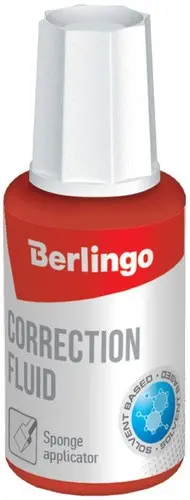
Black champignons under the hat can be eaten if the darkening is not associated with spoilage. There are several options for why blackening occurs. However, if the edibility of the product is uncertain, it is better to throw it away.
Why do champignons turn black
Fresh young champignon has an attractive white appearance, a glossy cap with a matte finish. Mushrooms change during storage. They are 100% safe to eat under the following conditions:
- Preserved white color. Let’s say a pink tint, but not yellowness.
- The skin of the cap has become velvety or smooth, but there are no yellow spots on its surface.
- In the area between the stem and the cap, a whole film has been preserved.
- Mushroom plates are dense, not loose, have a pinkish tint.
- The cut of the leg is slightly darkened, but not much blackened.
- When inhaled, a pleasant mushroom aroma is felt.
All these signs are inherent in young, freshly cut fruiting bodies. When the champignons have darkened under the hat, it is impossible to talk about 100% of their edibility. Here you need to understand the reason.
In the video, an example of identifying a poisonous toadstool among champignons:
Why do champignons have black plates under the hat
Buying fresh young champignons, the consumer sees perfectly whole bodies of white color. If the product has been on the counter for a long time, a black spore-bearing layer becomes visible under the cap. A similar picture can be observed when the purchased product has lain at home in the refrigerator.
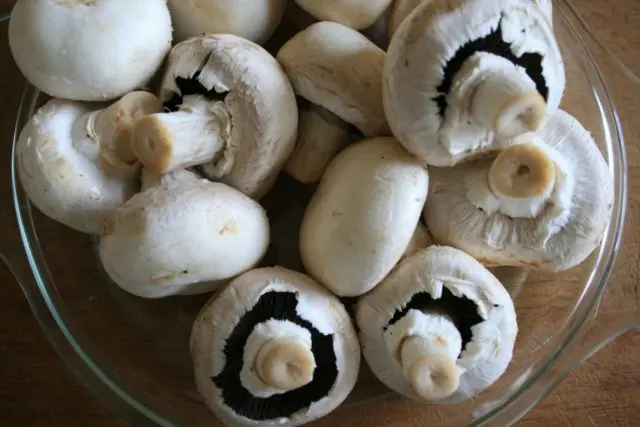
When the cap matures, black plates appear under the opened edge.
There is nothing wrong with black plates, just mushrooms are ripe. When this time comes, the hat opens. A lamellar spore-bearing layer appears under it. It also matures and acquires a dark color. When such champignons are black inside, this is normal, they are safe to eat, but only after heat treatment.
The use of old forest mushrooms, in which the spore-bearing layer has turned black, is guaranteed to end in poisoning.
Why are champignons black inside
Immediately after picking, mushrooms rarely end up on the table. Artificially grown fruiting bodies are stored for a certain time on store shelves. If the crop is harvested in the forest, then for some time it remains in the basket. In any case, the product will turn black, but only slightly. The process is associated with the oxidation of the body in air. To ensure edibility, black specimens must be broken or cut. If the body has retained elasticity, it remains white inside, then such mushrooms are suitable for eating.
When the entire fruiting body turned black, especially on the cut, the sign already indicates the inedibility of the fungus. Attention is also paid to black records. If the spore-bearing layer is very blackened, wet to the touch, emits an unpleasant smell of mold, then such a mushroom is dangerous.
Why mushrooms turn black when fried
Inexperienced mushroom pickers are alarmed by the fact that completely white fruit bodies turned black during frying. Do not rush to throw them away if you are 100% sure that the mushrooms are all fresh, and they are really champignons.
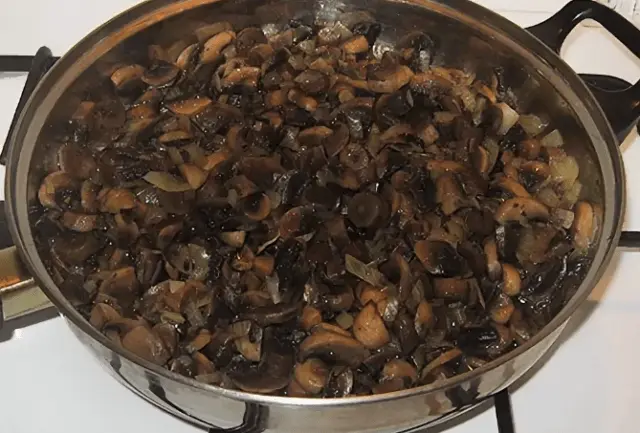
If the product turned black during frying, then this is considered a normal process.
Blackening is a normal process for any mushrooms that undergo heat treatment. Fruiting bodies contain carbon. After exposure to high temperatures, a natural darkening process occurs. The main thing is that fresh champignons do not turn black before frying, and all are white.
Why mushrooms darkened after defrosting
One way to store mushrooms is to freeze them. Often the product is in the store in the refrigerator. If the temperature is too low, or the fruiting bodies were stored in leaky packaging, they will turn slightly black after defrosting. In general, when champignons turn black in the refrigerator, you can eat without fear if the following signs are absent:
- after defrosting, sticky mucus appeared;
- large black spots appeared on the hat;
- the black spore-bearing layer turned black and began to rot;
- there was a bad smell.
The appearance of these signs indicates the spoilage of the frozen product.
Is it possible to eat darkened champignons
Changing the color of the fungus during storage is a normal process. However, if it turned black, you need to find out how safe it is and what caused it.
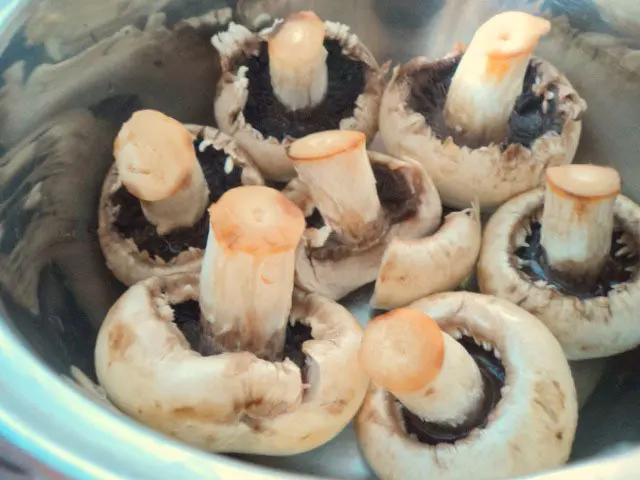
Black plates under the cap and blackening of the skin does not mean that champignon cannot be eaten
Is it possible to eat champignons with black plates
The edibility of fruiting bodies with a black spore-bearing layer is judged by several facts. First, you need to be sure that these are really champignons grown in environmentally friendly conditions. Secondly, it is necessary to analyze how much the plates have turned black. If mucus has already formed under the hat, a bad smell, the spore-bearing layer has become caustically black, then the fruiting bodies cannot be eaten.
It is safe to eat champignons with black plates if they have turned slightly black, and this is due to the ripening of mushrooms. Such fruit bodies are boiled for 40 minutes. It is advisable to fry them.
Is it possible to eat blackened champignons
If not only the plates are blackened, but the whole pulp, you need to find out how deep the process has gone. With prolonged storage, the skin can turn slightly black, which is considered normal. If the mushrooms are white at the break, they emit a pleasant aroma, then they are edible, but after heat treatment.
Mushrooms that have turned black as a result of improper or long-term storage should not be eaten with the following symptoms:
- a bad specific aroma appeared;
- the skin became sticky, reminiscent of mucus;
- black plates struck by mold or rot;
- large black spots appeared on the surface of the cap.
If at least one sign appears, the mushrooms are thrown away.
Is it possible to eat champignons raw if they have darkened
Experienced mushroom pickers prefer to eat raw mushrooms, considering it healthy. They are right. Raw champignons contain a lot of vitamins, amino acids and other microelements useful for the body. The fruiting body does not contain fats that harm the figure and some internal organs of a person. Natural fiber has a beneficial effect on the digestive system.
Raw can only be eaten perfectly white fruiting bodies without visible darkening. It is optimal to use young specimens immediately after cutting.
If the champignons have darkened, is it possible to cook them
Slightly discolored fruiting bodies are considered suitable for cooking. It does not matter that the champignons are dark under the cap or on the surface. The main thing is that they are elastic, white inside, emit a mushroom aroma. In addition, you need to know the shelf life. It should not exceed three days (except for freezing).
Mushrooms are cooked for at least 10 minutes. If in doubt, it is better to increase the cooking time to 40 minutes. Further heat treatment in the form of frying or stewing will only benefit.
Is it possible to poison the darkened champignons
It is important to note the fact that if used improperly, even fresh mushrooms can be poisoned. The product is heavy for the stomach, contraindicated in children, the elderly and people with gastrointestinal diseases.
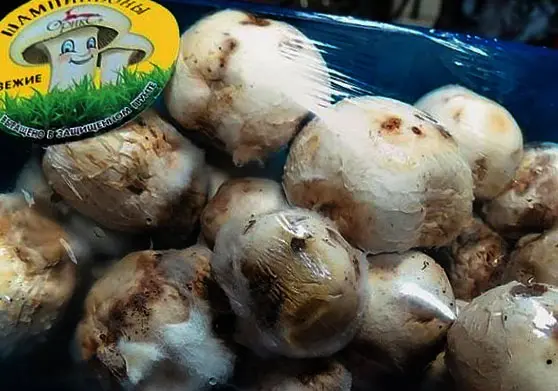
Darkened mushrooms are guaranteed to be poisoned if mold is visible under the film packaging
If the fruiting bodies have turned black, then the likelihood of poisoning with insufficient heat treatment already increases. When a bad smell comes from a product, rot has appeared, then poisoning is guaranteed. You can’t take risks. The product must be discarded.
First aid
Poisoning cannot be treated on its own. At the first sign of nausea, abdominal pain, fever, a doctor is urgently called. The victim is given first aid. First of all, the stomach is washed. Give to drink 1,5 liters of warm boiled water, press with your fingertip on the root of the tongue to cause an emetic effect. The procedure is carried out 2-3 times.
To cleanse the intestines, the victim is given an enema. The procedure is similarly performed 3 times using warm boiled water. Of the preparations, only sorbents are given, which reduce intoxication and restore water balance. The victim is given to drink small, but frequent portions of a decoction of wild rose or dried fruits, weakly brewed black tea. Before the arrival of the doctor, drugs for poisoning should not be given because of the likelihood of the victim’s condition worsening.
Conclusion
Black champignons under the hat can be eaten with 100% confidence in their edibility. When in doubt, it is foolish to endanger your health.









